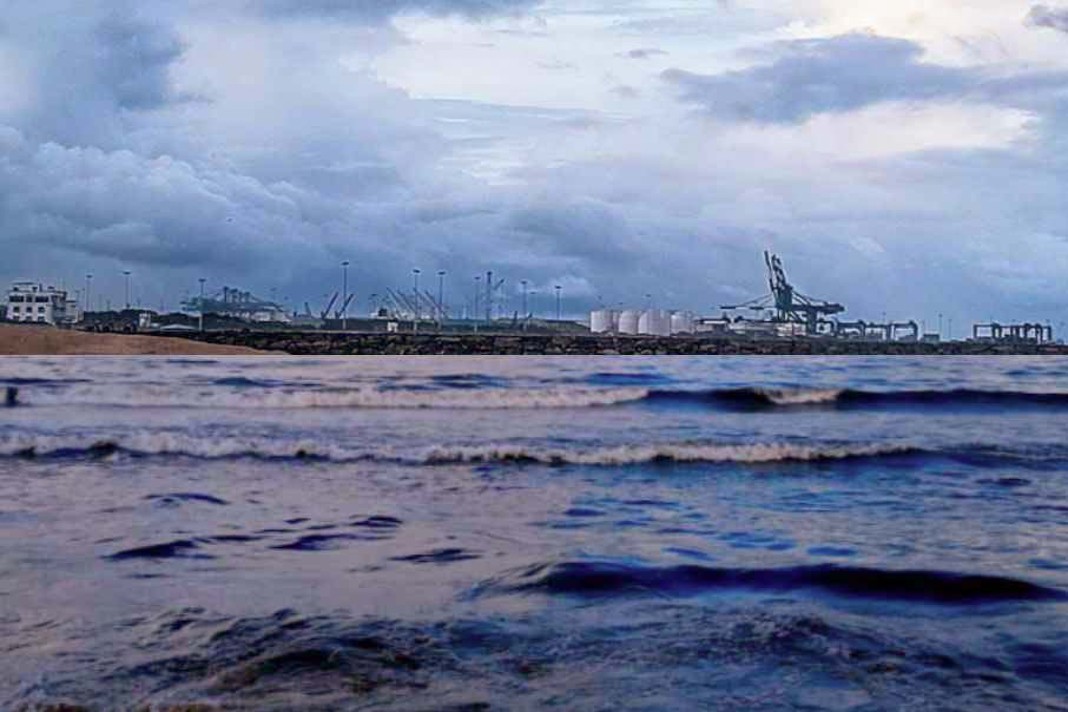 The recent end to the ILA port worker strike has brought temporary relief to the U.S. East Coast and Gulf Coast ports, although challenges remain. With the union accepting a 62% wage increase over six years, the focus now shifts to finalizing negotiations, particularly on the contentious issue of port automation by January 15, according to Container News.
The recent end to the ILA port worker strike has brought temporary relief to the U.S. East Coast and Gulf Coast ports, although challenges remain. With the union accepting a 62% wage increase over six years, the focus now shifts to finalizing negotiations, particularly on the contentious issue of port automation by January 15, according to Container News.
Backlogs and Expected Delays
Ports reopened on Friday, yet the three-day strike left significant backlogs with an estimated 45-60 vessels waiting. Recovery could take two to three weeks, with shippers likely experiencing delays, especially for immediate arrivals. The Port Authority of New York and New Jersey expressed optimism for recovery, but fluid operations might take additional time.
Freight Rates and Capacity Adjustments
Following the strike, transatlantic rates spiked to $2,331/kg – a 44% increase from early September. European port congestion, particularly in Hamburg, has also restrained supply, adding pressure on rates. For transpacific routes, rates eased during the strike and are expected to decline post-peak season. However, any slow recovery at East Coast ports could delay this anticipated decrease.
Impact on Air Cargo Rates
The strike prompted a shift from ocean to air cargo for some essential shipments, pushing Europe-N. American air cargo rates up by 4% since early September. Due to increased demand, transpacific air rates spiked to $7.07/kg during the strike, a level not seen since last year’s peak season. Middle East-N. American rates also saw a 30% rise, likely due to diverted shipments from the East Coast.
In summary, while the end of the ILA strike has resumed port operations, the ongoing recovery efforts, lingering congestion, and heightened air cargo demand are expected to influence freight dynamics in the coming weeks.
Did you Subscribe to our daily newsletter?
It’s Free Click here to Subscribe!
Source: Container News















